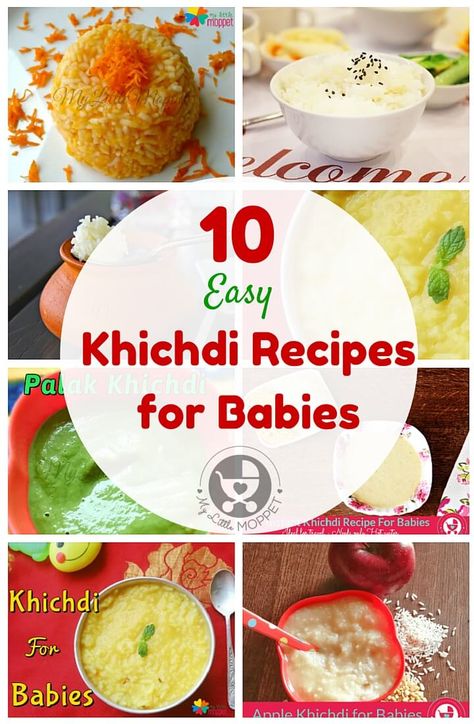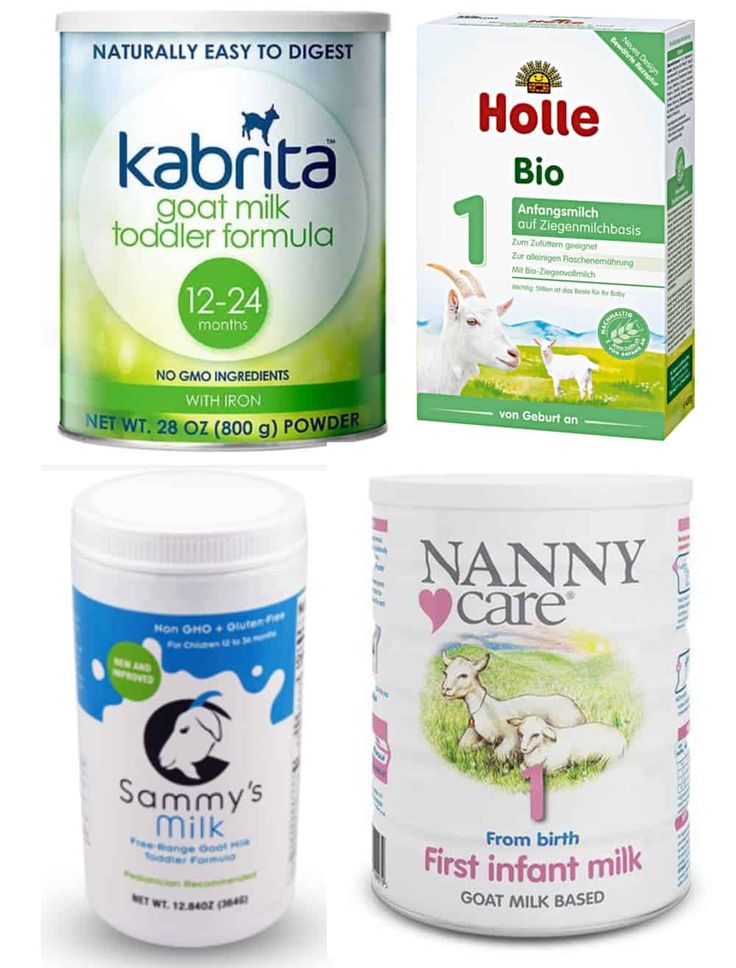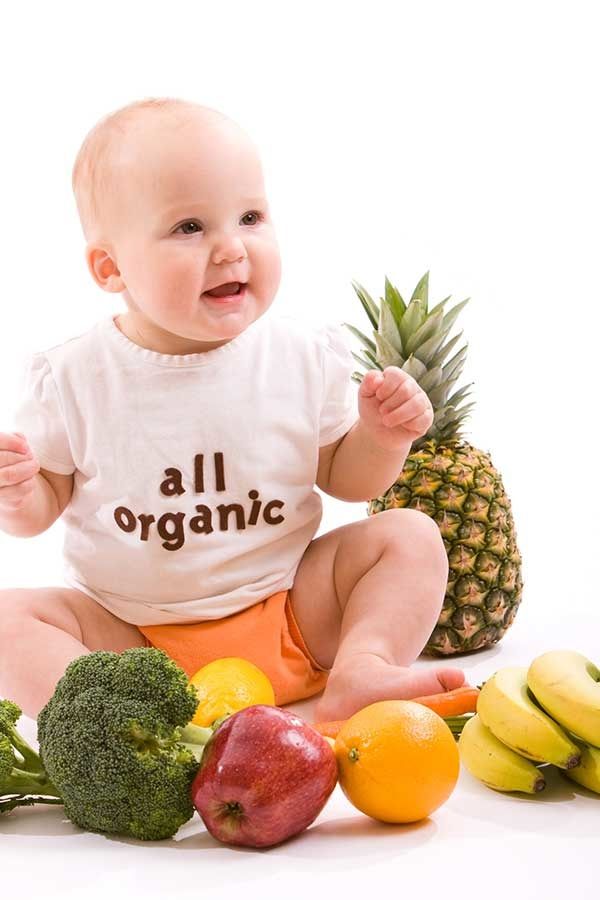Feeding abandoned baby sparrows
How to Care for Baby Sparrow? Everything you Need to Know!
Sparrows are small birds, true to Eurasia or North African regions. However, these sparrows are now found commonly all over the world.
The birds are mostly wild, seen flying around in your backyards. Although, if you ever find one in need of help or plan to raise one – you could do so easily.
Caring for adult birds is less complicated. However, caring for baby birds requires lots of patience, especially if they’re as small as a baby sparrow.
Want to learn how to look after a baby sparrow efficiently? Keep reading to find out a few tips and tricks.
Table of Contents
Make Sure the Baby Sparrow is Healthy
If you ever come across a baby sparrow – whether on the ground or in an abandoned nest, make sure it is healthy and not hurt.
If you have found it on the ground and the baby sparrow has not yet grown feathers, it is most likely the baby was blown out of the nest.
Make sure to place it back into the nest.
However, if you cannot locate a nest, you can take it in and care for it yourself.
Keep Out of Reach from Any Potential Risk
A very obvious thing, which should also be one of the first things you do when you bring in a baby sparrow.
Keep the baby sparrow out of reach from any potential risks.
If you have pets that could attack the bird, such as cars or dogs. Or even children that would generally disturb the bird.
Baby birds are very fragile and sensitive.
Even the slightest of scares can turn fatal for them. It is best to keep them in a safe place, out of reach from such happenings.
Build Appropriate Shelter
Once you have gotten yourself a baby sparrow, you will need to make a safe space to associate as its nest or shelter.
The most ideal is to use a shoebox or a nest if it is too small for a cage. A shoebox is perfect for a baby sparrow.
That way, you can always keep it close to you and look over it whenever needed.
Moreover, if the sparrow has developed wings – you can probably shift it into a cage. Although, it is always better to keep the cage open at all times.
When the cage is open, the bird will not feel trapped inside. Once you place food and water inside the cage, it will automatically associate the cage as its home.
They are most likely to fly around the house but always return to the cage for warmth and rest. So, you do not need to close them in.
Keep the Nest Soft and Warm
Whatever shelter you choose, an essential part of it is to remain soft and ventilated at all times. Baby sparrows need a lot of heat.
Make sure that their bed is lined with either cotton, old soft clothes, or socks. Any material that is soft and will keep the baby warm is ideal for this purpose.
Not only should the bedding be warm, but the nest must also be ventilated properly.
Any source of indirect sunlight is another great option.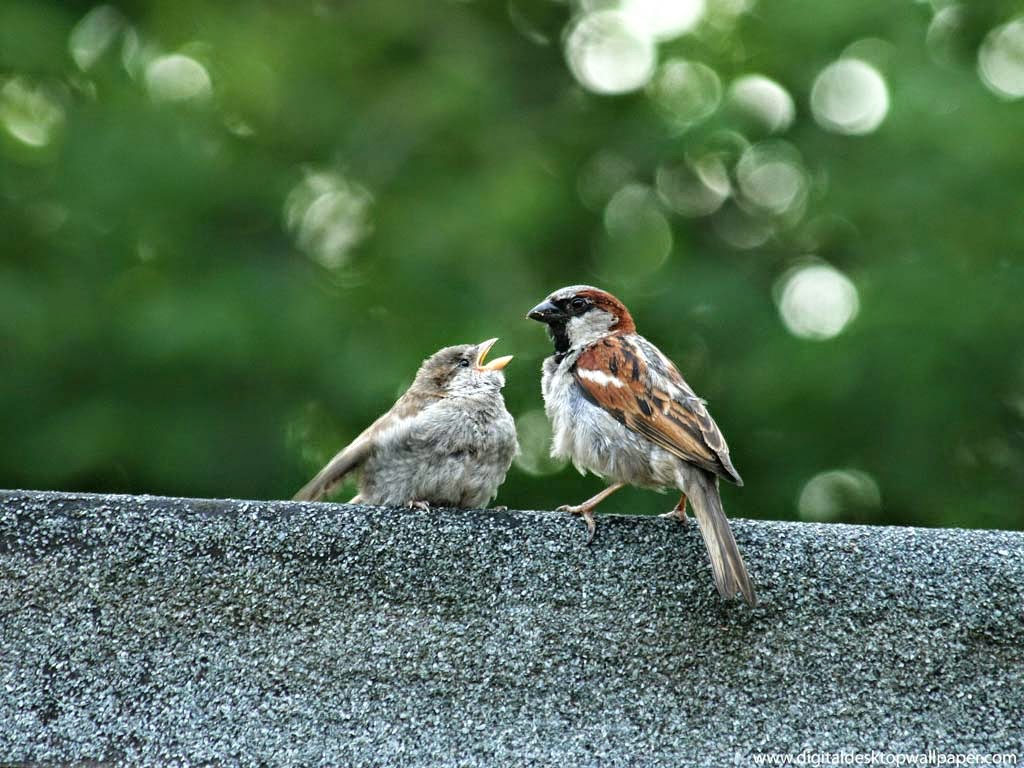 However, you have to be careful about the amount of sunlight baby sparrows are exposed to.
However, you have to be careful about the amount of sunlight baby sparrows are exposed to.
Too much sunlight is not good for the baby’s sparrow. However, do not eliminate sunlight. They will need to have some source of direct sunlight to gain color on their wings.
Don’t Give It Water
If you have found a baby sparrow from outside, there is a high chance that it is dehydrated – however, baby sparrows must not be given water as a source of hydration.
Parent birds usually feed baby sparrows an all-insect diet with no water at all.
So, as an alternative, you can give your baby sparrow dog or cat food diluted in water to make it soft and chewable.
This way, the soaked food will provide them with the moisture they need. If you want to hydrate your bird, add moisture to its food instead of giving direct water.
Also, do not give your baby sparrows milk. They may die from drinking milk as lactose doesn’t suit them.
The best way to provide calcium for your birds is through their diet.
Feed Baby Sparrow Every 2-3 Hours
Baby sparrows typically need to be fed every 2-3 hours. If you ever notice that the bird is hungry, you can feed it then as well.
Within the first few weeks, you will need to feed it with a needless syringe.
By letting the paste drip from the syringe, you will be encouraging the baby to eat on its own without having to feed it.
You can make some easy porridge recipes for your little birds, such as soaking dog food into the water and making a paste.
This is bound to be very filling and will keep your baby sparrow healthy.
Add Bugs to Their Diet
Baby sparrows are normally fed an all-bug diet or a mix of dry foods. So, if you want to give your bird an enriching diet, then try adding as many bugs as you can.
It is better to feed them live insects instead of dry food since the young prefer that more. You can add small crickets, white maggots, etc.
You can add these insects within the cat/dog food paste, and your bird should gobble them up right away.
One thing to stay wary of always, do not to feed your baby sparrow earthworms. Earthworms are toxic to birds in captivity and can be fatal for their health.
Clean After Feeding
Once you are done feeding the baby sparrow, make sure that none of the food has dripped onto their body or feathers.
The porridge tends to try and harden the feathers, which could then be hurtful for them.
Furthermore, you must also ensure that no paste is left on their beaks or nostrils.
If you leave it to dry there, it will probably cause difficulties for them to breathe and may even become fatal.
This is why, after feeding your baby sparrow, make sure to clean its beak and body for any drippings.
Measure Weight Everyday
Measuring your baby sparrow’s health is an effective way to keep a check on its health.
You can use a gram scale to see if your baby sparrow is gaining weight.
Ideally, your baby sparrow should be gaining weight every day. So, a healthy baby bird should be gaining weight every day.
So, a healthy baby bird should be gaining weight every day.
Keep Lots of Containers
Another way of ensuring that your baby sparrow remains active and healthy is by providing it with multiple containers within its cage.
Preferably, your baby sparrow should have a container for water, one with sand, and one with food.
This way, your baby sparrow can use the sand as a litter box and the water to shower and stay clean.
Do Not Let it Imprint
If you intend to release the baby sparrow back into the wild once it has reached maturity, you must make sure that it does not imprint on you.
Imprinting happens within the first week of the baby sparrow’s life, and they begin to depend on you and count themselves as a human as well – making them less likely to survive in the wild.
To avoid imprinting, avoid too much human contact with the bird.
You would best want to avoid picking up the bird, feeding it, and nurturing it unnecessarily.
Moreover, even though those tiny little beings are precious, it is best not to speak to the bird at all if you want to avoid imprinting. You should act as an invisible force.
You should act as an invisible force.
Give Them Lots of Space as They Grow
When your bird is reaching maturity, and you notice that it has begun to start hopping around the place – it is time to consider a more permanent shelter solution.
Whether you want to release it into the wild or keep it indoors, you need to develop a solution. Releasing it is always the better option since they require lots of space.
However, if you plan to keep the baby sparrow, you better be ready to get a big cage. The sparrow will need lots of space to practice their flying skills.
One thing we usually tend to ignore is the space between the bars on the cage. Bar spacing is essential when buying a cage for small birds such as a sparrow.
If the bar space is more than half an inch, there is a chance that your sparrow’s head could get stuck between the bars.
So, when choosing a cage, make sure to choose the one with bars less than half an inch wide.
Final Words
We hope this blog will help you take better care of your baby sparrows.
Sparrows truly are tiny yet beautiful creatures, and taking care of one teaches us how to become more responsible and caring.
So, if you ever come across a baby sparrow, follow our guide, and you should be good to go.
Other articles you may also like:
- How to Get Rid of House Sparrows
- 20 Different Types of Birds (that you can spot easily)
- How to Take Care of Parakeets?
- How to Care for Baby Cardinals
- Red Sparrow Bird – Interesting Facts About It
- What Can You Feed A Baby Bird? Do’s and Dont’s!
- What to Do if You Find a Baby Bird?
What is a Baby Sparrow's Diet?
By Betty Lewisi David De Lossy/Photodisc/Getty Images
The house sparrow is the most common of North America's 35 sparrow species. Generally, he eats a lot of grains and seeds, but will enjoy the protein of insects during the summer. A baby sparrow's diet depends on what mom and dad feed it; where they live affects the menu options.
Wild Child
A baby sparrow eats whatever his parents give him to eat, which means he's eating the same things they are. The house sparrow is opportunistic in his dining, eating whatever's available. Commercial birdseed and discarded food will work, as do various grasses, ragweed and seeds he comes across. He'll indulge in insects in the summer, such as caterpillars and grasshoppers. Other sparrows, such as field sparrows, forage for seeds and insects on the ground. Mom and dad regurgitate their food finds to feed to their nestlings.
Orphaned Baby?
If you come across a baby sparrow in your yard, pause a moment before deciding he's in distress. A fledgling, which is a baby bird with his feathers, may be on the ground because he's learning to fly. If the baby doesn't have feathers, you can return him to his nest -- despite the myth, his parents won't abandon him because of human touch. If there's no nest, or you determine the baby sparrow needs your assistance, a proper diet is important to putting him on the path to independence.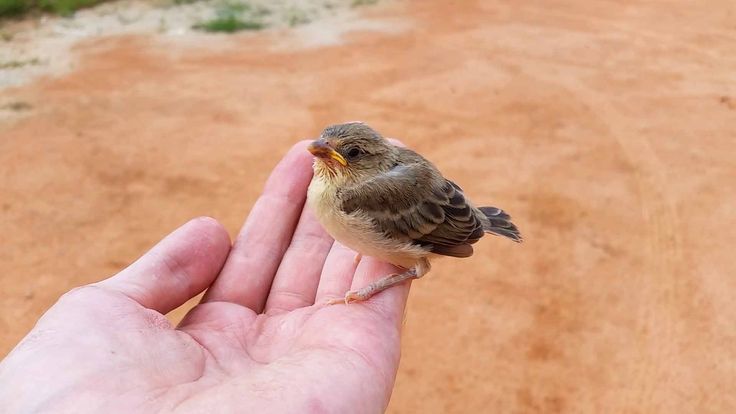
Home Cooking
Baby birds grow quickly and require protein to grow properly. Mom and dad take care of their nestlings' protein requirements with insects, but you can use cat food to meet the baby sparrow's protein needs. Soak one cup of cat food in enough water to make it mushy and add 1/4 cup of applesauce, one chopped hard-boiled egg, a crushed calcium carbonate tablet and avian vitamins, dosed according to the package. Mix everything together with enough water to give the mixture the consistency of cooked oatmeal. Freezing the mixture in ice cube trays gives you a fresh inventory of food on hand, so you can thaw only what you need. Chopsticks or plastic forceps make good feeding utensils.
How Much How Often
A baby sparrow should gain weight daily to get ready to fly. If his eyes are closed and he's featherless, he'll need fed every 15 to 20 minutes, dawn to dusk. When he starts growing feathers and his eyes are open, feeding can occur every 30 to 45 minutes during the same time. As he grows, the time between feedings and the amount you feed can increase. When he's hopping out of the nest, he can be fed once an hour; by the time he's confident outside the nest, every two or three hours is sufficient. Try leaving food by his bowl when he's about a month old, though he won't be weaned for another few weeks. If he continually refuses to eat, call a vet or wildlife rehabilitation center.
As he grows, the time between feedings and the amount you feed can increase. When he's hopping out of the nest, he can be fed once an hour; by the time he's confident outside the nest, every two or three hours is sufficient. Try leaving food by his bowl when he's about a month old, though he won't be weaned for another few weeks. If he continually refuses to eat, call a vet or wildlife rehabilitation center.
To Do, and Not to Do
Avoid pasta and bread products, which are empty calories and won't help him grow, as well as dairy products because baby birds don't handle lactose well. If he's well hydrated, the inside of his mouth will look moist; if he's dehydrated, his skin may look reddish. Don't give him drops of water in his mouth because he can inhale them and drown. Instead, use Gatorade as a hydrating fluid, dipping your fingers in it and placing drops on his beak.
References
- 2ndChance.info: Caring for Orphan Wild Baby Birds
- StarlingTalk.
 com: Baby Starling & Sparrow Care
com: Baby Starling & Sparrow Care - Cornell Lab of Ornithology: All About Birds: House Sparrow
- WildlifeHotline.com: Raising Baby Sparrows & Starlings
- U.S. Fish and Wildlife Service: Field Sparrow Habitat Model
Photo Credits
How to feed the found chick, how many times a day
If you find a chick, the first thing you need to do is determine its species. Feeding granivorous, insectivorous and predatory chicks have their own differences. But in the early stages of feeding, you can use the same feeding methods, and then, after finding out what kind of bird you found, transfer the chick to the appropriate feeding.
Here is one of the most common feeding options for granivorous and insectivorous chicks. This nutrient mixture is well used for feeding for chicks and fledglings from the passerine family. To prepare our mixture, we need the following products: Boiled egg, low-fat cottage cheese, raw carrots, meat (beef, chicken, turkey), greens (lettuce, dandelion leaves, wood lice), hamarus and daphnia, Calcium gluconate (shell from boiled eggs) glycerophosphate , children's dry dairy-free porridge or boiled millet (without salt and fat on the water).
Action one. Boil the egg, free from the shell. We free the shell from the shell film. Grind the egg as much as possible, you can use a grater with small holes.
Second step. Boiled meat, it is better to take the pulp from the breast of a turkey or chicken and also chop or divide into fibers. The mixture will require meat 40 (for granivorous) and 60 grams (for insectivorous).
Third step. Take washed carrots of a small size, grate them on a fine grater, then squeeze the juice and we will use the remaining pulp.
Fourth step. We take not sour and not fatty cottage cheese. Cottage cheese should have 0% fat content, anything above is considered fat for poultry. We need 90-110 grams of cottage cheese. Sour cottage cheese must be boiled twice changing the water and then it will be suitable.
Step five. You can use greens to add the mixture, but you can do without it for the chicks. And so you can take the greens listed above, chop and add 1.5 teaspoons to the mixture.
Action six. To the above ingredients, add 1.5 -2 tsp. dairy-free porridge or boiled millet (well boiled, without salt and fat in the water).
Step seven. To the mixture we add the shell from the boiled egg, which must first be ground in a coffee grinder, plus one fourth of the crushed tablet of glycerophosphate. If it is not possible to find glycerophosphate, then you can purchase bone meal and add one fourth tsp. in powder form. At the very least, the shells are enough for now.
Step eight. We take chopped hamarus and daphnia and add about 1 tsp to the resulting mixture. Then we mix everything, it turns out a very thick, crumbly porridge, it should not stick to the fingers. If the mixture is sticky, you can add dairy-free porridge or powdered cereals.
From the resulting mixture we roll small balls no larger than a small pea, focus on the size of the chick's beak. You can feed 2-5 balls at a time and after each feeding drink plain water from an insulin syringe with a removable needle (without a needle) 4-6 drops. A week-old chick should be fed every 1-1.5 hours, older than two weeks of age every 2-4 hours, at three and four weeks of age you can feed 3-4 times a day. Do not forget that the chick is growing and, accordingly, one-time portions of food are growing. A very important point, do not forget to warm the chicks, because at their age they themselves cannot maintain normal body temperature. Warming up promotes better assimilation of feed. Don't forget to control your chick's weight. If possible, show the chick to a specialist. To control the work of the intestines, you can take the litter from the chick for a coprogram, this is an analysis of the digestibility of the feed.
A week-old chick should be fed every 1-1.5 hours, older than two weeks of age every 2-4 hours, at three and four weeks of age you can feed 3-4 times a day. Do not forget that the chick is growing and, accordingly, one-time portions of food are growing. A very important point, do not forget to warm the chicks, because at their age they themselves cannot maintain normal body temperature. Warming up promotes better assimilation of feed. Don't forget to control your chick's weight. If possible, show the chick to a specialist. To control the work of the intestines, you can take the litter from the chick for a coprogram, this is an analysis of the digestibility of the feed.
Take care and love your feathered friends and they will love you back.
Veterinarian ornithologist
Chuguevsky VV
Veterinary clinic Bambi.
You can ask an ornithologist on the forum.
How to: feed a sparrow chick at home - ikirov.ru
It so happened that you picked up a sparrow chick. What to do with him? How to take care of him? How to feed? Let's figure it out.
What to do with him? How to take care of him? How to feed? Let's figure it out.
Weigh the pros and cons
So, you are standing on the street, and something small, but alive, is swarming and squeaking in front of your feet. Before you take responsibility for the life of this creature, think about whether you can and whether it is worth interfering with natural selection.
The age of the chicks that you can find on the street can be conditionally divided into three groups:
1. Newborns . These are newly hatched, not yet feathered chicks. Most likely, such a chick really fell out of the nest or was blown away by the wind. In nature, he cannot survive: even if the parents continue to feed the chick, he will freeze on the very first night, even if it is hot outside, and he will not be able to show any resistance to predators, midges can tritely bite him. It is almost impossible to feed a newborn chick at home, since it needs to be constantly heated and fed every 2-3 hours.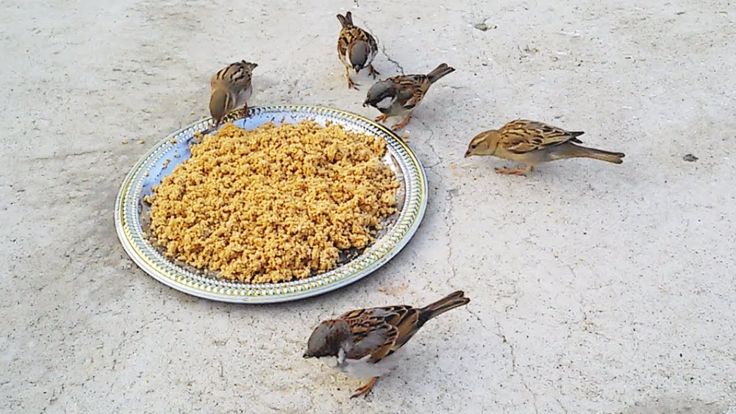 So you can say goodbye to sleep. What to do with such a chick? Either try to find the nest and return it there, or leave it to the will of fate, since the chance of a favorable outcome is extremely small in any case. You can pick it up only if you already have experience in nursing chicks. And, yes, if successful, you will get a pet, because then in no case will the chick be released into the wild, since he will not be able to feed himself.
So you can say goodbye to sleep. What to do with such a chick? Either try to find the nest and return it there, or leave it to the will of fate, since the chance of a favorable outcome is extremely small in any case. You can pick it up only if you already have experience in nursing chicks. And, yes, if successful, you will get a pet, because then in no case will the chick be released into the wild, since he will not be able to feed himself.
2. Teenagers (let's call them “yellow mouths”) . Yellowmouths are already feathered, but absolutely unable to feed themselves. They will sit and open their beak at any object that is in their reach. Such a chick can survive in the wild if the parents do not stop feeding it and it finds a good hiding place. Such a chick could either fall out of the nest out of curiosity, or it was forced out by its brethren, or it “tried the wing”. But he is not yet able to fly. It is much easier to keep such a chick at home than a newborn, since it no longer needs constant heating (but it is not worth supercooling either). But you will have to feed just as often and regularly. And, yes, get used to the idea that you now have a house sparrow that won't survive in the wild.
But you will have to feed just as often and regularly. And, yes, get used to the idea that you now have a house sparrow that won't survive in the wild.
3. Fledglings . These are chicks that are trying with might and main to fly (although it does not always work out). They themselves jump out of the nest and try to fly. As a rule, these chicks are sufficiently adapted to adult life, they know how to peck food themselves, and quickly run away from a possible enemy. Parents continue to feed them even on the ground. Between feedings, the chick sits in a secluded place. It is better to leave such a chick alone, it is almost an adult bird, its chances of survival in nature are very high. The maximum is to plant it on some kind of elevation, where predators like cats and dogs will not get it. Unless, you notice that the chick is injured, then the sparrow can be picked up. Such a chick has quite a lot of chances to adapt in the wild again. Moreover, he may never get used to you, trying to escape at any opportunity.
Nurturing the chick
First, make a “nest” for the chick from a soft, lint-free cloth. You need to wrap it so that the chick is in a semi-inclined position: the breast rests against the edge of the nest, the paws are at the very bottom. So the chick will be comfortable and comfortable. And don't forget to regularly check the cleanliness of the nest.
In general, you will have to forget about rest until the chick learns to feed on its own. Every 15-20 minutes during daylight hours, you will need to feed the chick, and until it is satiated (stops opening its mouth, demanding another portion). Due to the high level of metabolism, chicks, having not received food at the right time, simply "burn" their resources. Leaving the chick without food for 3-6 hours, even if after that you start to feed it intensively, you doom the bird to death due to metabolic disorders.
Most small songbirds (including sparrows) feed their nestlings with insects. Therefore, your chick also needs animal feed. Ant cocoons, flour worms, fly larvae, chicken eggs, cottage cheese are suitable. Do not howl about a variety of vitamin and mineral supplements. In addition, it is impossible to completely replace insects in food, for example, with cottage cheese.
Ant cocoons, flour worms, fly larvae, chicken eggs, cottage cheese are suitable. Do not howl about a variety of vitamin and mineral supplements. In addition, it is impossible to completely replace insects in food, for example, with cottage cheese.
We feed properly
Since the sparrow will have to be fed very often, you need to either be near him or carry him with you. The second option is not very good, as it is additional stress for the chick. The first two days (if you picked up a newborn chick) you will also have to provide heating for the pet. You can make a heating pad from a flat bottle filled with warm water.
Small chicks can be kept in a box until they start trying to get out. For older chicks, it is better to find a small cage. In any case, soft, dry bedding, such as dried grass or moss, is necessary. Temporarily they can be replaced with cotton wool, but then try to make sure that the chick does not get tangled in it or swallow the fibers.
The best way to feed a chick is with tweezers. Try to get the chick to open its mouth by itself (there will be no problems with small ones). This can be achieved if during feeding, bringing tweezers, slightly shake the nest or touch the feathers on the head or the corners of the mouth with tweezers. You can even lightly click on the beak.
Try to get the chick to open its mouth by itself (there will be no problems with small ones). This can be achieved if during feeding, bringing tweezers, slightly shake the nest or touch the feathers on the head or the corners of the mouth with tweezers. You can even lightly click on the beak.
If it was not possible to force the chick to open its beak, the first feeding will have to be carried out by force, opening the beak with your hands. Once having taken food from the tweezers on its own, the chick will continue to willingly beg for supplements until it learns to feed on its own: as soon as the chick begins to pick up food from the floor of the cage, the food can be moved to the feeder. By the way, by this time the chick needs to pick up a large cage so that the sparrow can run, jump and fly.
Preparing baby formula
The health, appearance and even life of the chick depends on the quality of the mixture and the completeness of the nutrients it contains. Below is a recipe for a complete mixture, nothing needs to be changed in it, this mixture is not so difficult to prepare.
1). Grate a medium-sized carrot on a fine grater, squeeze the juice as hard as possible. You only need the squeezed pulp.
2). We rub one boiled egg on a fine grater.
3). Grind boiled veal, beef or chicken with a knife, tear into thin fibers.
4). Grind some greens (lettuce, wood lice, dandelion leaves, but not spicy herbs).
5). We take 10 grams of low-fat and non-acidic cottage cheese, let the curd flow around, you can squeeze it out if possible.
6). Put 2 tablespoons of boiled crumbly millet porridge without salt and without oil.
7). Add a teaspoon of daphnia (dry fish food).
8). Add calcium glycerophosphate (proportions - 1 tablet per liter of the mixture).
9). Add half a teaspoon of finely grated eggshells.
10). Mix all ingredients thoroughly. If the mixture sticks to your hands, you can add some cereals and cereals ground in a coffee grinder.
Leave the mixture to stand to equalize its moisture content, then mix again.


